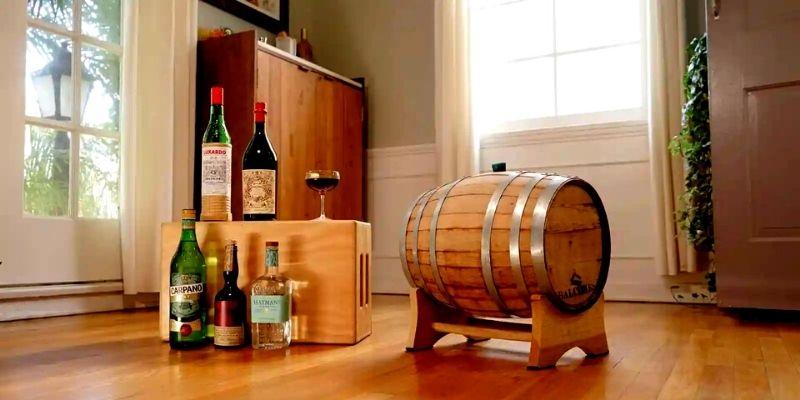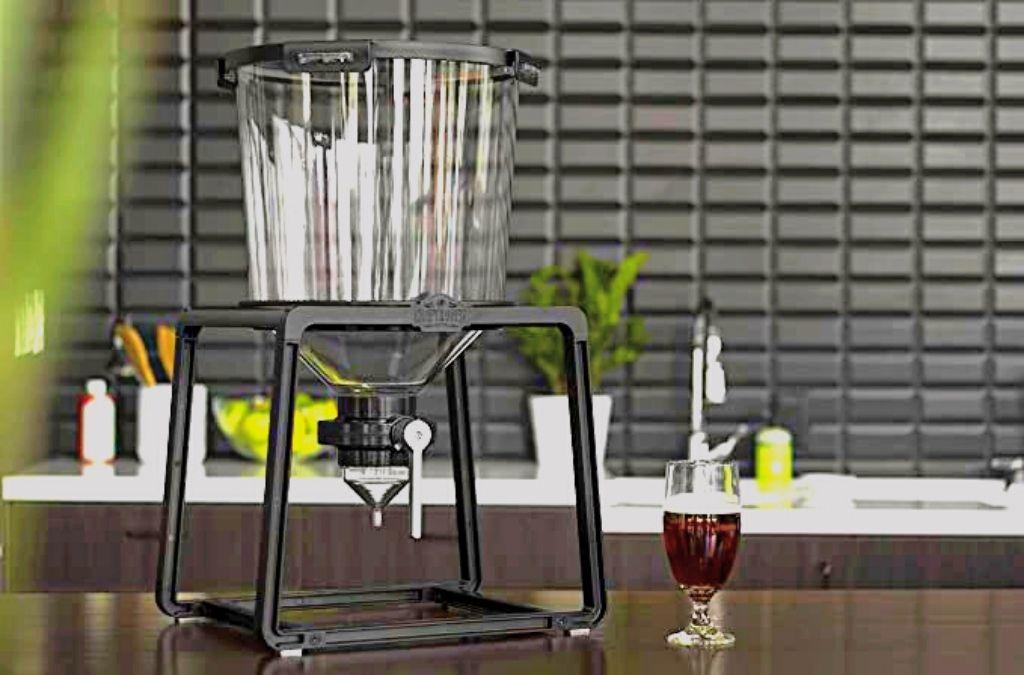If you are looking to buy the perfect wine fermenter, read on! This easy piece of home preserving equipment will have you sipping a beautiful red or white in no time!!
It’s important to know the type of wine you want to make and also the size of batch to select the best wine fermenter for you. Making a choice can be tricky as there are many options on the market, but don’t worry, we’re here to help.
When fermenting wine at home, it is important to use a food-grade container. This will ensure that your wine is safe, and enjoyable to drink, as there will be no leaching of harmful chemicals. In addition, ensure the container you buy is made from materials that will withstand the acidic environment of the fermentation process.
Quick Content Navigation
Why You Need The Correct Wine Fermenter
Wine fermenters come in all shapes and sizes, so there are a few important factors to consider when choosing the best one for you.
Here are our top reasons to choose the right wine fermenter for your home:
- Produce high-quality wine that tastes great with no preservatives or chemicals
- Make any size batches of wine depending on how many grapes you have
- Save money in the long run
- Control the fermentation process for not only taste but any additives
Now that you know why it’s important to choose the right wine fermenter, let’s talk about which type is right for you.
What Are The Types Of Wine Fermenters?
There are three types:
Primary Wine Fermenter
A primary fermenter is the first vessel that your wine will go into after crushing. Here the grapes will start to ferment once you add your wine yeast.
It’s important to choose a primary wine fermenter that is food grade and made of stainless steel, glass or food-grade plastic. The most common material is food-grade plastic as they are lighter to move around.
The size of your batch will determine the size of your primary fermenter.
If you’re making a small batch of wine (5 gallons or less), we recommend a 6.5-gallon primary fermenter. For larger batches these fermenters are readily available up to 14 gallons.
Secondary Wine Fermenter
The secondary fermenter is is used for the unfinished wine goes into after the primary fermentation process is complete. This is “liquid only” as all the skins and seeds are discarded after the primary ferment.
It’s important to choose a secondary wine fermenter that uses food grade materials for the same reasons as the primary fermenter.
The size of your batch will determine the size of your secondary fermenter.
If you’re making a small batch of wine (5 gallons or less), we recommend a 3-gallon secondary fermenter.
Aging Wine Vessel
An aging vessel is a final vessel that your wine will go into after the secondary fermentation process is complete.
It’s important to choose an aging vessel that is food grade and will not impart flavors into the wine as it matures.
The size of your batch will determine the size of your aging vessel, however, for home use these barrels are ideal.
Expert Guide To Choosing The Perfect Wine Fermenter
We found not only all shapes and sizes, but glass, stainless steel and plastic. So, how do you choose the best one for your home winemaking operation?
Here are 10 key considerations to keep in mind when selecting a wine fermenter to add to your home preserving equipment.
Size and Material
1. Primary wine fermenters usually have plastic and stainless steel variants. Plastic is often more economical and easier to clean, while stainless steel offers superior durability and temperature control
2. Consider the size of your batch when choosing a wine fermenter. Smaller batches can be made in 5 or 6-gallon fermenters, while larger operations will require at least a 14-gallon model.
3. They have either conical or cylindrical shapes. Conical fermenters offer the advantage of being able to collect the yeast sediment at the bottom of the vessel, while cylindrical fermenters are better suited for larger batches
4. Make sure the wine fermenter you select has a large enough opening to add ingredients and perform maintenance tasks like cleaning and stirring.
Additional Features
5. Mostly, they come with a built-in airlock, but some models will require you to purchase one separately.
6. Temperature control is an important consideration when choosing your home wine fermenter. Some models come equipped with a thermowell, while others allow you to add your own temperature control device.
7. Wine fermenters can be equipped with features like racking ports, spigots and pressure relief valves. These add-ons can make your winemaking process easier, but they come at a higher cost.
8. If you plan on aging your wine in barrels, make sure the fermenter you select is large enough to accommodate the size of the barrel you intend to use.
9. A wine fermenter can be purchased with or without legs. If you choose a model without legs, make sure it is stable enough to sit on your countertop without tipping over. Be aware that those on legs are usually for larger batches.
10. Finally, consider the cost of the wine fermenter before making your purchase. Models with more features and add-ons will cost more, but they may save you time and money in the long run.

Wrapping Up
Now that you know more about using a wine fermenter, it’s time to start shopping for the perfect one.
Be sure to keep the size of your batch, the shape of the vessel, and the features you need in mind when making your selection.
And most importantly, have fun! Winemaking is a great hobby that can be enjoyed by people of all ages. Cheers!





 Hi! I’m Sally-Anne!
Hi! I’m Sally-Anne!